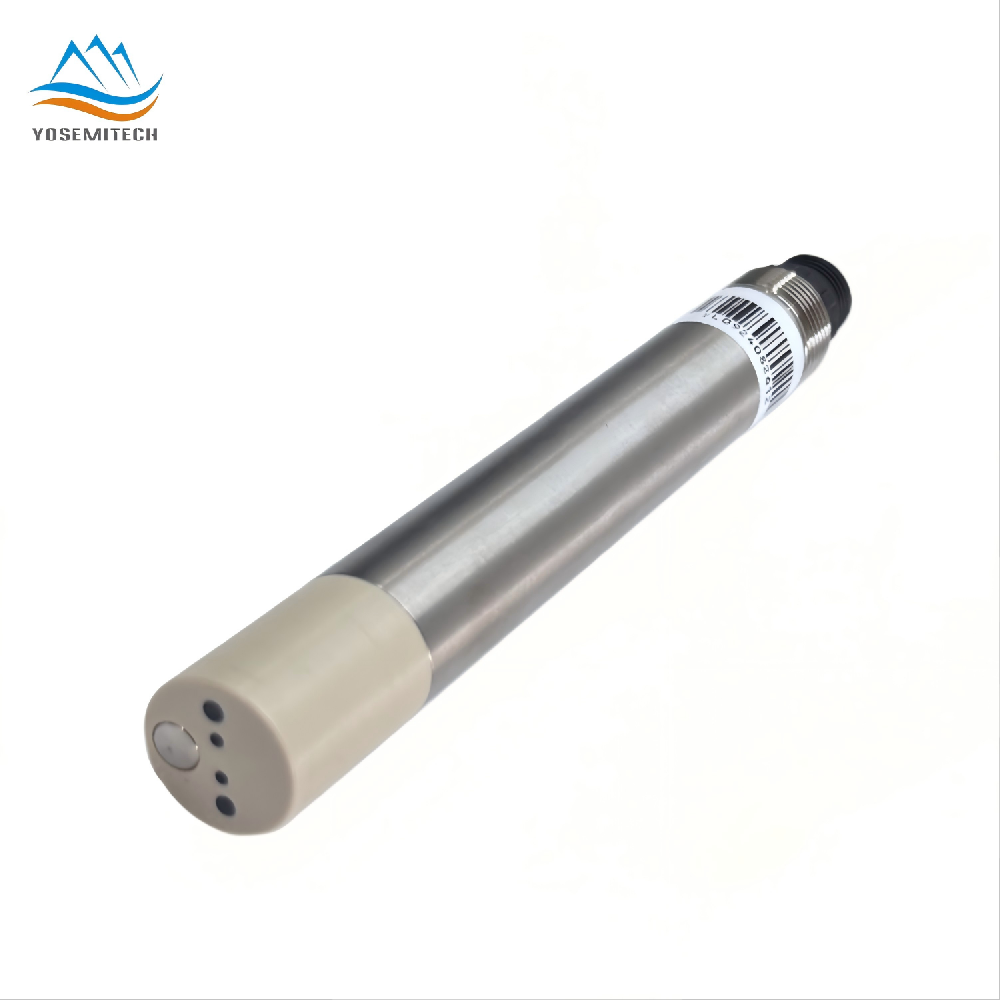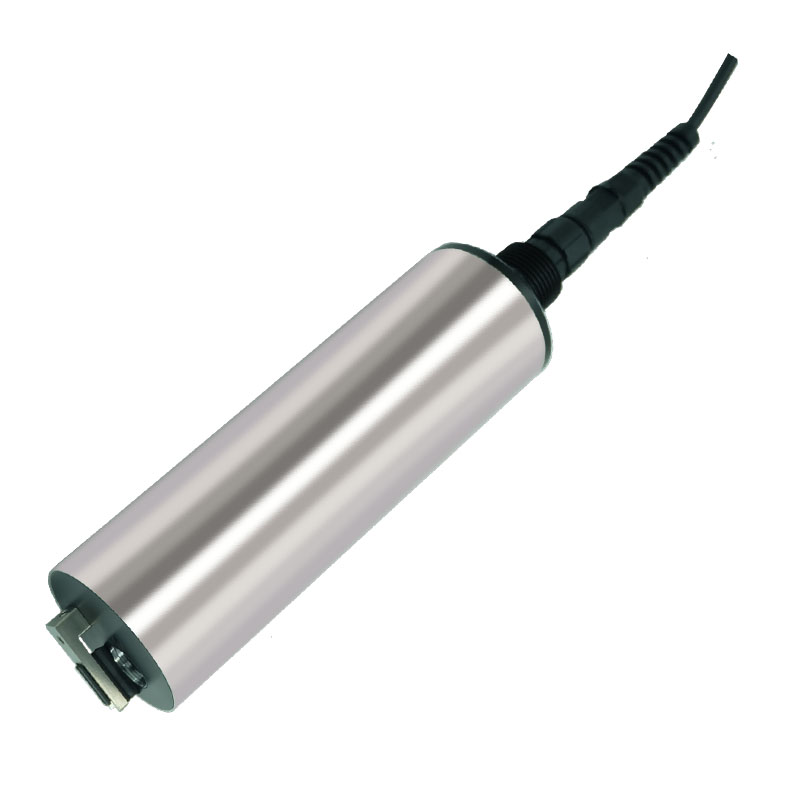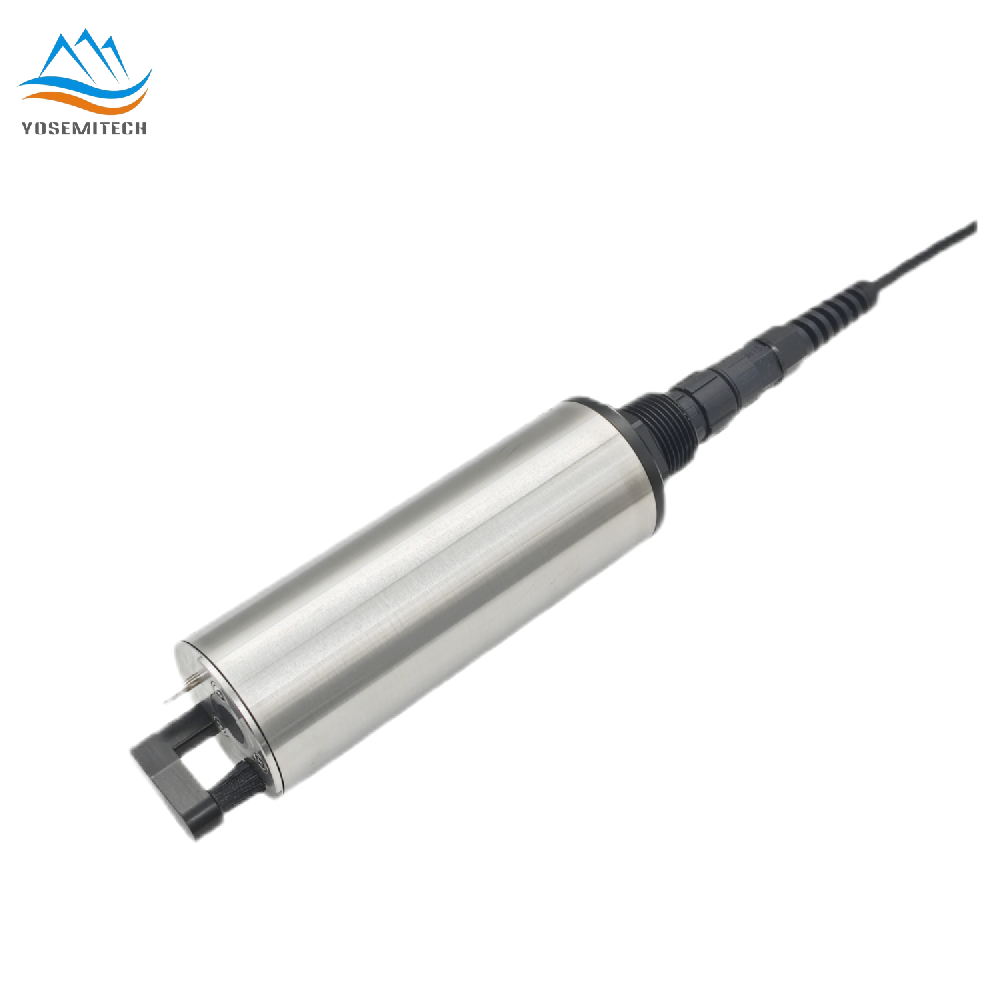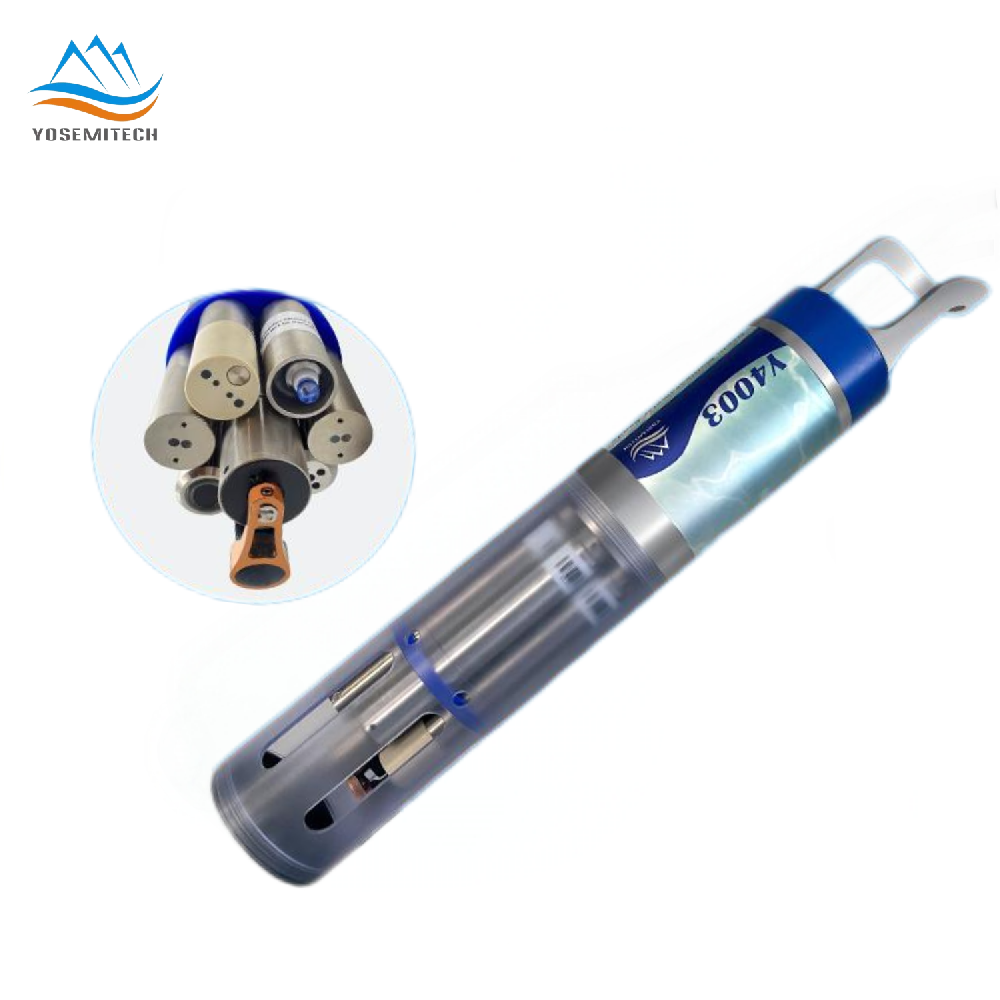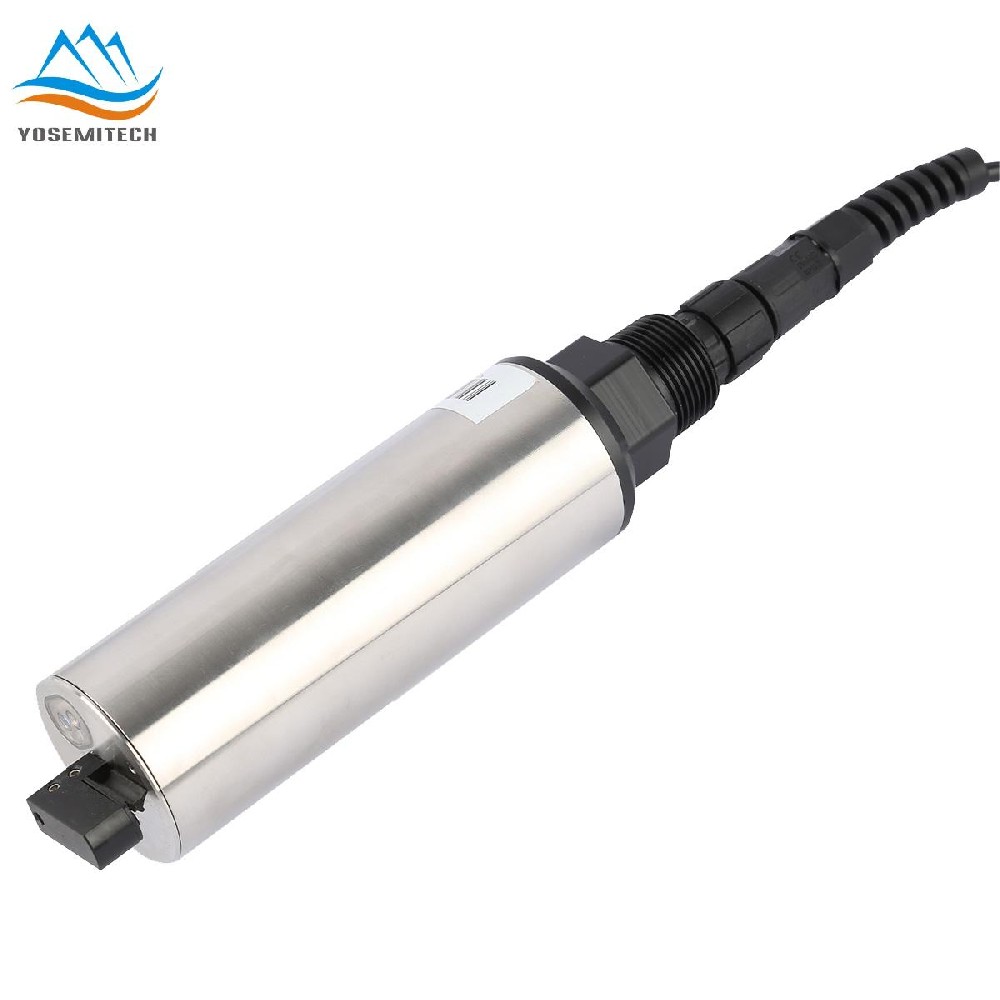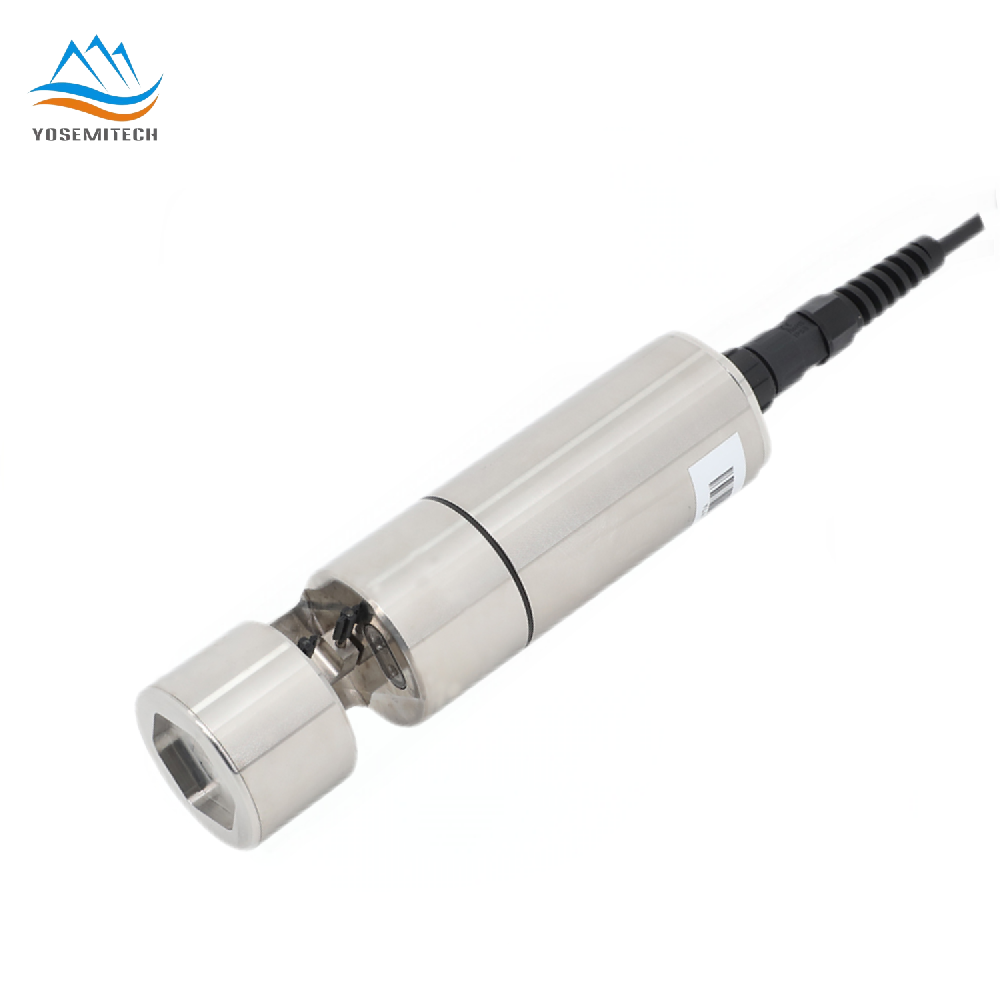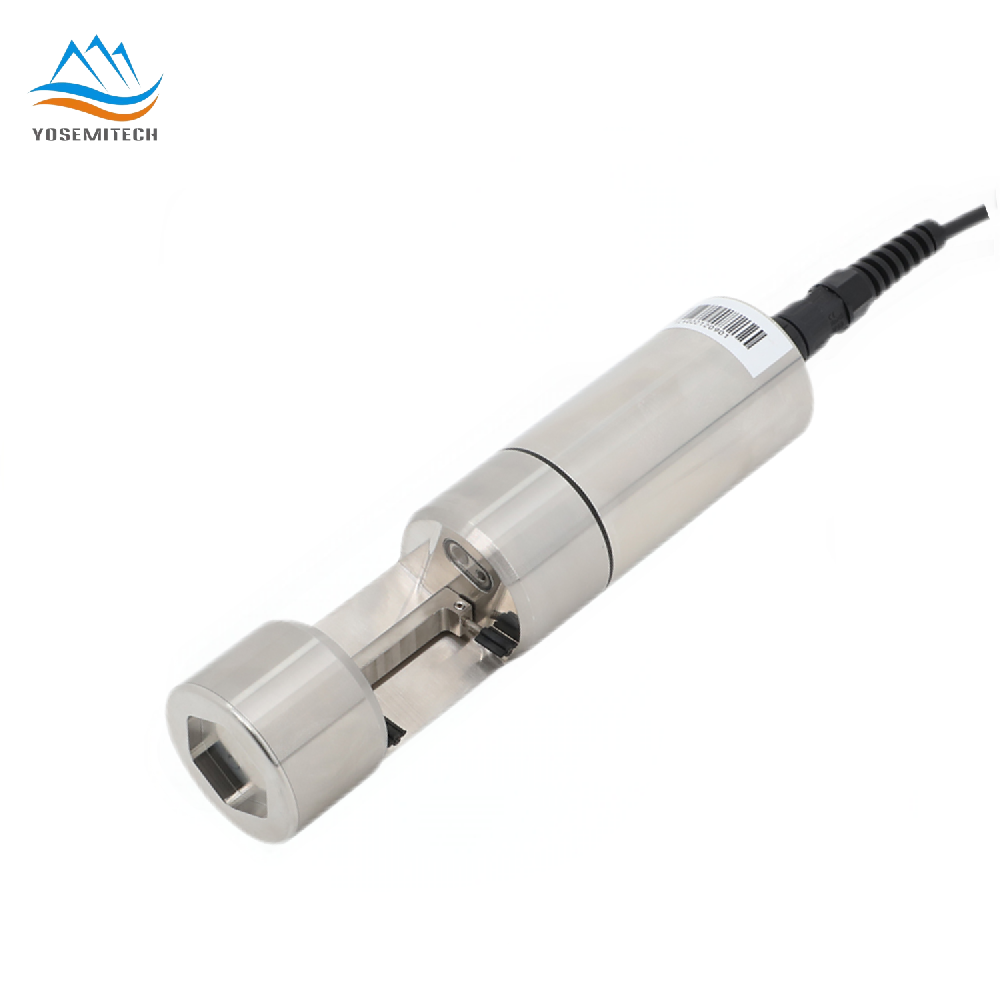Industry news
Turbidity Sensor: An Essential Tool for Water Quality Monitoring
Writer: admin Time:2024-09-05 13:39:22 Browse:1190℃
What is Turbidity?
Why should we measure turbidity?
-Turbidity in Drinking Water
-Turbidity in Industrial Water
-Turbidity in Rivers
-Turbidity in Aquaculture Water
-Turbidity in Wastewater
What is a Turbidity Probe? And how does it work?
Types of Turbidity Sensor
Turbidity Sensor Application
How to Choose a Good Turbidity Probe?
Conclusion
Water quality is a critical for environmental health, affecting human populations, aquatic life, and ecosystems,etc.. One of the key parameters in monitoring water quality is Turbidity, which measures the clarity of water. Turbidity is caused by suspended particles and sediments that scatter and absorb light, making the water appear cloudy or opaque. Monitoring turbidity is essential for ensuring safe drinking water, protecting aquatic habitats, and complying with regulatory standards. This comprehensive guide will explore the importance of turbidity, its implications in various water bodies, and the role of turbidity sensors in water quality treatment.
Turbidity refers to the optical property that causes light to be scattered and absorbed rather than transmitted in straight lines through water. It is a measure of the water's clarity and is influenced by the presence of suspended particles, such as clay, silt, algae, and other organic matter. Turbidity is quantified in units called Nephelometric Turbidity Units (NTU) or Formazin Nephelometric Units (FNU). High turbidity levels can indicate potential health risks, as turbid water can harbor pathogens and contaminants.
Why Should We Measure Turbidity?
-Turbidity in Drinking Water
Drinking water safety is paramount, and turbidity is a key indicator of water treatment effectiveness. The World Health Organization (WHO) and the Environmental Protection Agency (EPA) have set guidelines for turbidity in drinking water. For instance, the EPA recommends a turbidity level of less than 0.3 NTU at the filtration plant outlet and less than 1 NTU in the distribution system. Exceeding these limits can lead to health advisories and boil-water alerts.
Video from @
-Turbidity in Industrial Water
In industrial settings, turbidity can affect equipment performance and product quality. For example, in cooling towers, high turbidity can lead to scaling and corrosion, reducing efficiency. In the pharmaceutical and food and beverage industries, turbidity monitoring ensures that process water meets stringent purity standards.
-Turbidity in Rivers
Rivers are dynamic ecosystems where turbidity can be influenced by natural events (e.g., storms) and human activities (e.g., construction, agriculture). Monitoring turbidity in rivers helps in understanding sediment transport, assessing water quality, and managing environmental impacts.
-Turbidity in Aquaculture Water
In aquaculture, turbidity affects the health and growth of fish by impacting oxygen levels and food availability. Optimal turbidity levels vary by species, and continuous monitoring is essential for maintaining productive and sustainable aquaculture systems.
-Turbidity in Wastewater
Wastewater treatment plants must monitor turbidity to ensure efficient removal of suspended solids. High turbidity can indicate treatment process failures, requiring immediate attention to prevent environmental pollution.
What is a Turbidity Probe? And How Does It Work?
A turbidity probe is a device used to measure the turbidity of water. It typically consists of a light source (often an LED) and a detector. The probe works on the principle of nephelometry, where the light scattered by suspended particles is measured at a specific angle. The intensity of scattered light is proportional to the turbidity of the water. Turbidity probes are calibrated using standards like formazin or other turbidity-producing substances to ensure accurate measurements.
Types of Turbidity Sensor
Yosemitech provides Three Different Types of Turbidity Sensor:
Y510-B Online Turbidity Sensor adopts 90° scattering measuring principle, in accordance with ISO7027 international standard. It adopts customized sapphire optical devices, is compact, easy to install and maintain, not easily affected by ambient light, and has excellent stability and repeatability. It is widely used in food and beverage, pharmaceuticals, electricity, metallurgy, agriculture and other fields.
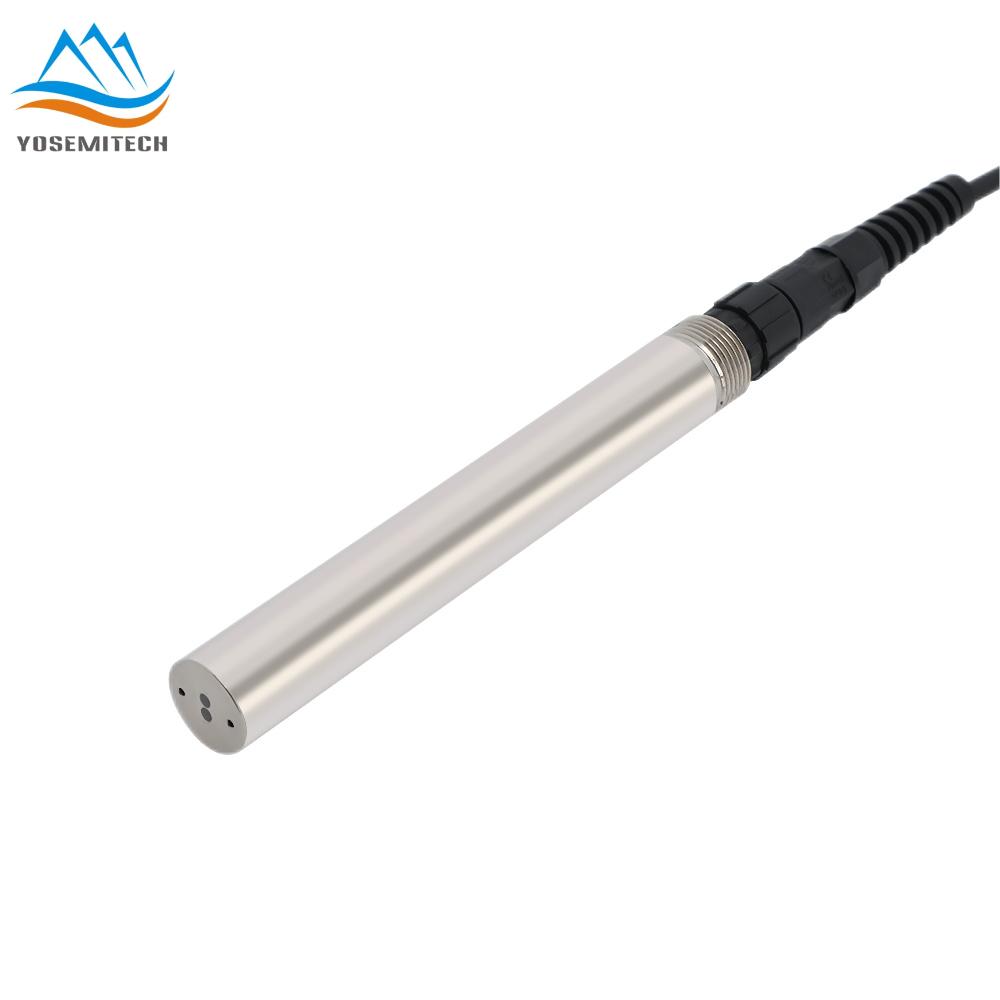
Compared with Y510-B, Y511-A self-cleaning Turbidity Probe with automatic cleaning brush can effectively eliminate the influence of bubbles and contamination on measurement, making the maintenance cycle longer and maintaining excellent stability even in long-term online use.
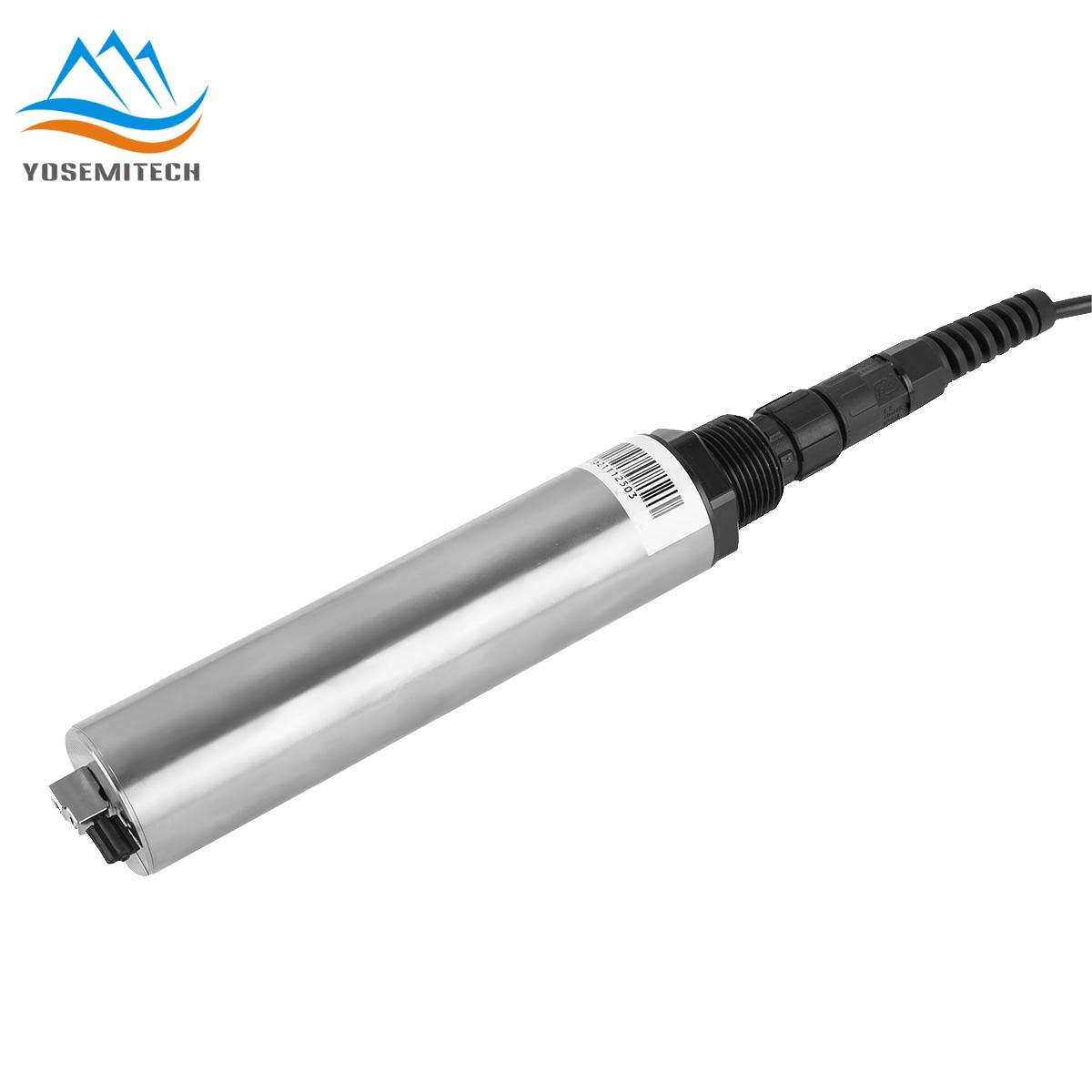
Y522-A Online Low Range Turbidity Analyzer is for online monitoring of Drinking Water. This analyzer has the characteristics of ultra-low turbidity detection limit, high-precision measurement, long-term maintenance-free, water-saving operation and digital output, and supports cloud platform and mobile phone data remote control. It is widely used in online turbidity monitoring scenarios such as water inlet of water plants, secondary water supply, terminal water of pipe network, direct drinking water, membrane filtered water, swimming pool, surface water, etc.
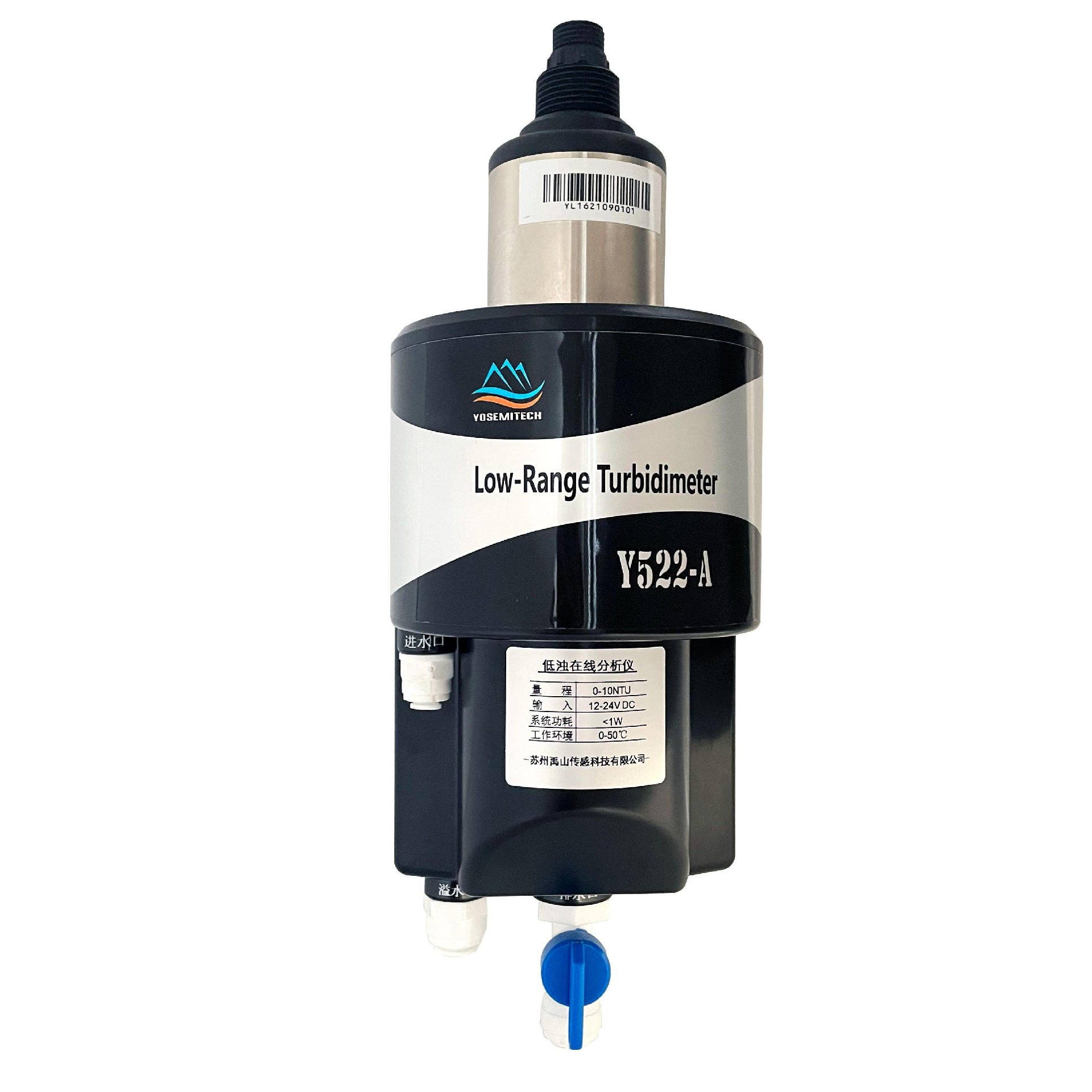
Turbidity Sensor Applications
1. Drinking Water Treatment
Monitoring Filtration Efficiency:
Turbidity sensors are indispensable in drinking water treatment plants for monitoring the efficiency of filtration processes. By continuously measuring turbidity levels, operators can ensure that the water meets regulatory standards before it enters the distribution system. For instance, the EPA requires that treated water should have a turbidity level of less than 0.3 NTU at the filtration plant outlet and less than 1 NTU in the distribution system. This real-time monitoring helps in maintaining the quality of drinking water, protecting public health, and complying with regulatory standards.
Early Detection of Contaminants:
Turbidity spikes can indicate the presence of contaminants or pathogens in the water supply. Early detection allows for immediate response, such as increasing treatment intensity or issuing boil-water advisories, to protect public health. Turbidity sensors serve as the first line of defense in preventing waterborne diseases by ensuring that any anomalies in water clarity are addressed promptly.

2. Industrial Processes
Cooling Towers and Boilers:
In industrial settings, turbidity sensors monitor the quality of water used in cooling towers and boilers. High turbidity can lead to scaling, corrosion, and reduced efficiency, potentially causing equipment damage and downtime. By maintaining low turbidity levels, industries can ensure optimal performance and extend the lifespan of their equipment. Turbidity sensors help in implementing proactive maintenance strategies, reducing operational costs, and enhancing overall productivity.
Pharmaceutical and Food and Beverage Industries:
These industries have stringent requirements for process water quality. Turbidity sensors help ensure that water used in manufacturing processes meets the necessary purity standards, which is critical for product quality and regulatory compliance. In the pharmaceutical industry, for example, even minor impurities can affect the efficacy of drugs. Similarly, in the food and beverage industry, water quality directly impacts the taste and safety of the products. Turbidity sensors play a vital role in maintaining the high standards expected by consumers and regulatory bodies.
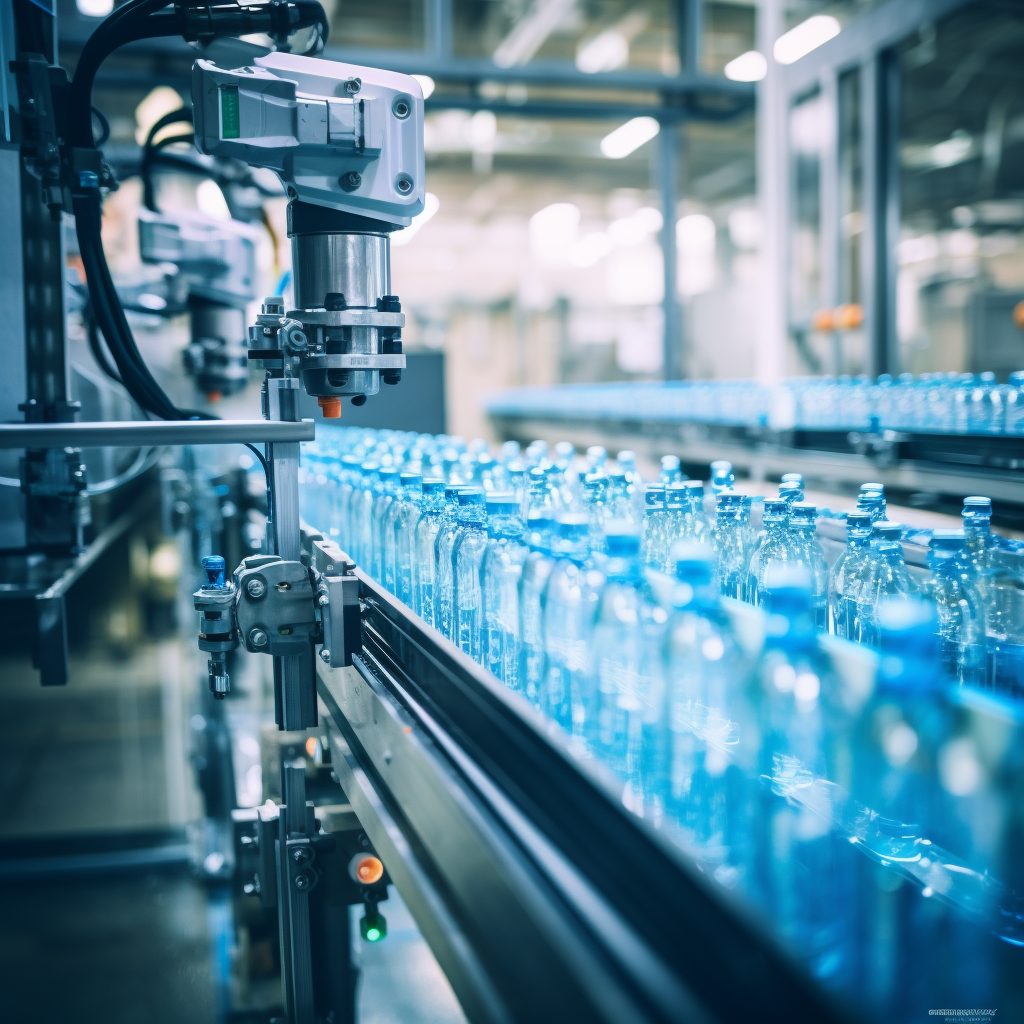
3. Environmental Monitoring
Rivers and Lakes:
Turbidity sensors are used to monitor natural water bodies like rivers and lakes. They help in understanding sediment transport, assessing water quality, and managing environmental impacts. For example, sudden increases in turbidity can indicate erosion due to construction activities or agricultural runoff, allowing for timely intervention to mitigate environmental damage. By continuously tracking turbidity levels, environmental agencies can make informed decisions to protect these sensitive ecosystems.
Estuaries and Coastal Waters:
Monitoring turbidity in estuaries and coastal waters is essential for managing aquatic ecosystems. Turbidity levels can affect light penetration, which is crucial for photosynthesis and the health of marine life. Turbidity sensors provide data that helps in protecting these sensitive habitats by enabling scientists and policymakers to take necessary actions to preserve biodiversity and ecosystem health.
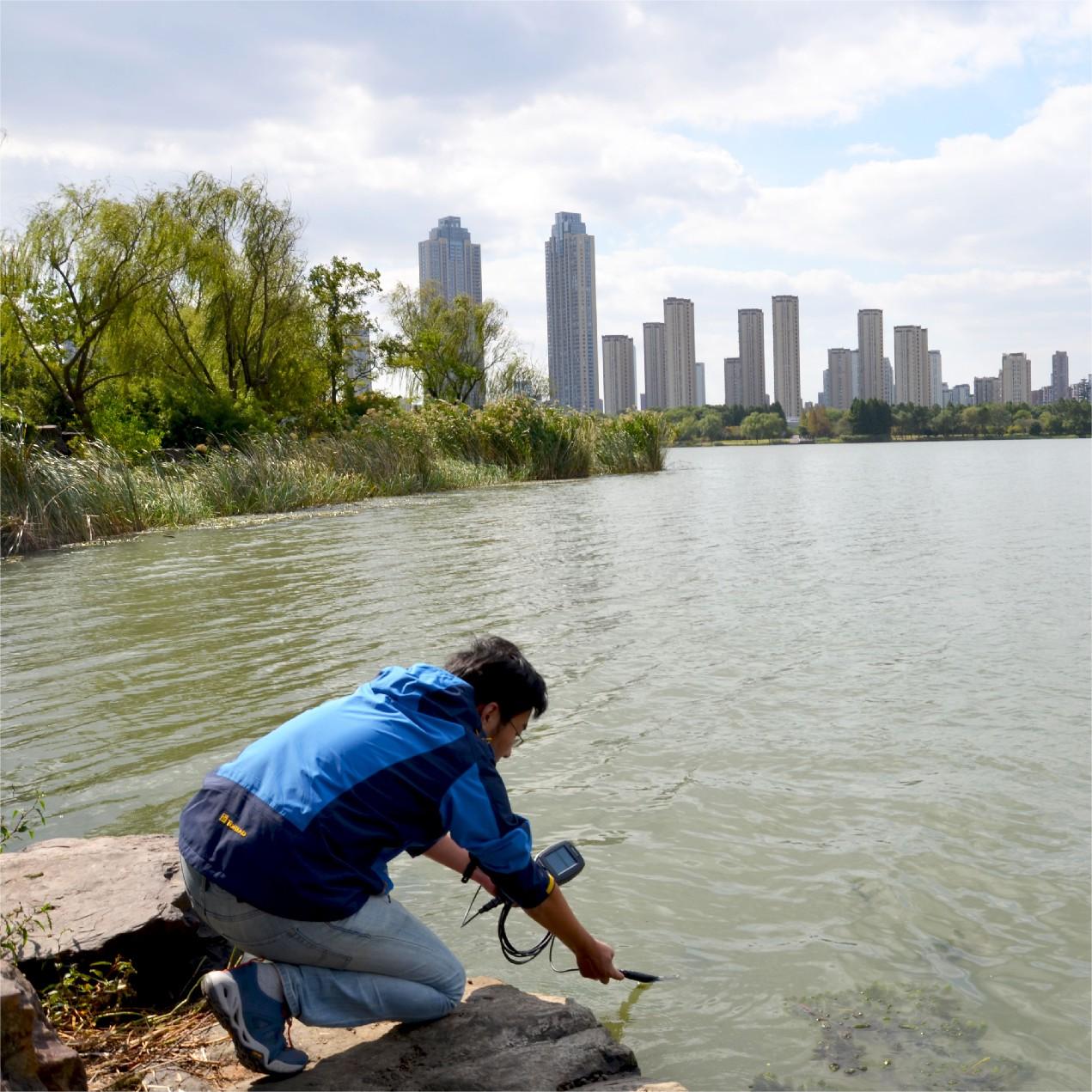
4. Aquaculture
Optimizing Fish Habitat:
In aquaculture, turbidity sensors help in creating optimal growth conditions for fish and other aquatic species. Different species have varying turbidity tolerance levels, and maintaining the right balance is crucial for their health and growth. Continuous monitoring ensures that the aquaculture system remains productive and sustainable. Turbidity sensors allow farmers to adjust water conditions promptly, preventing stress and disease among the aquatic populations.
Preventing Disease Outbreaks:
High turbidity can reduce oxygen levels and increase the risk of disease outbreaks in aquaculture systems. Turbidity sensors enable proactive management by alerting farmers to adjust water conditions promptly. This preventive approach helps in maintaining the overall health of the aquatic environment, reducing losses, and ensuring a steady supply of seafood for the market.
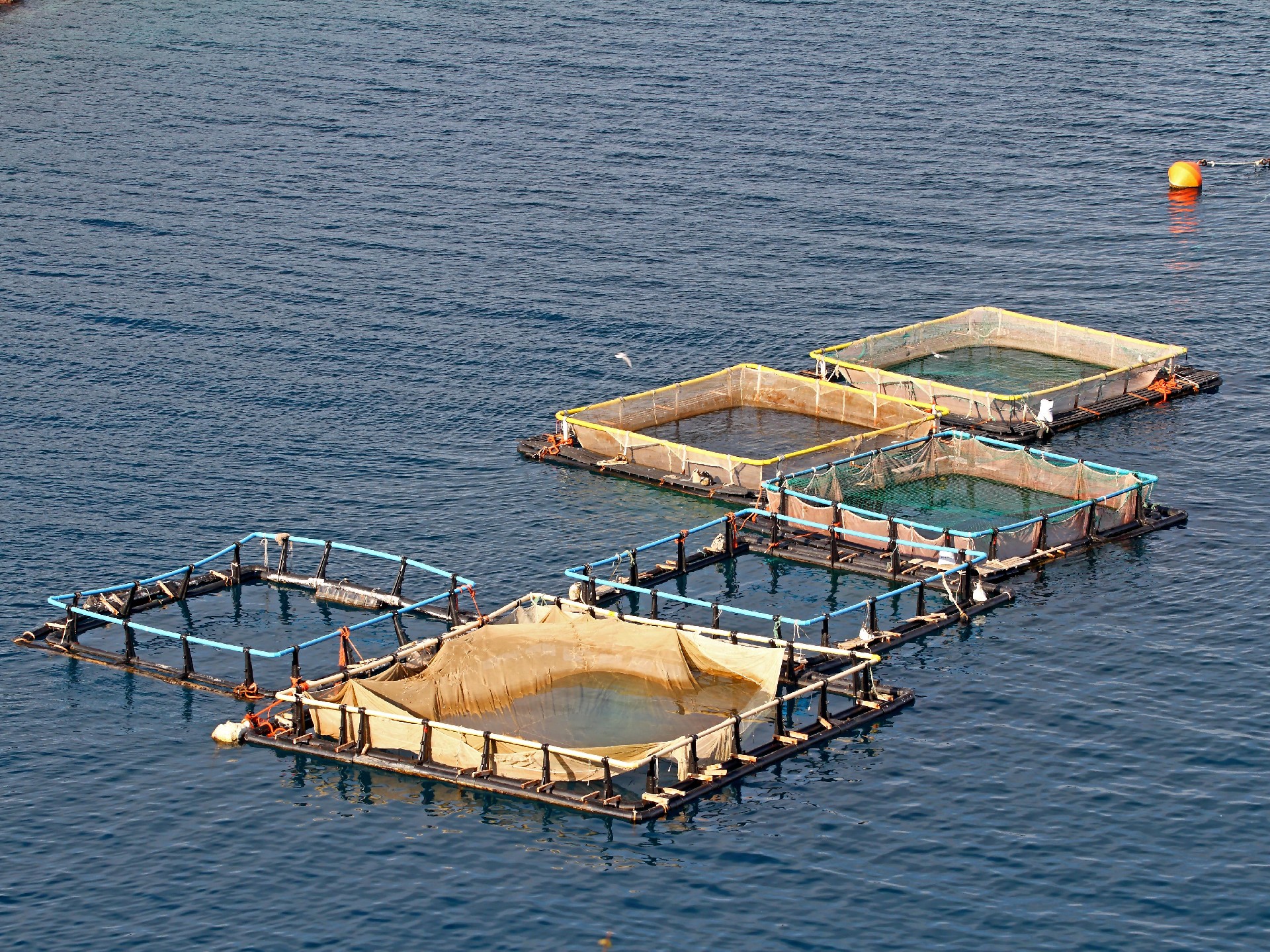
5. Wastewater Treatment
Efficient Solid Removal:
Wastewater treatment plants use turbidity sensors to monitor the efficiency of solid removal processes. High turbidity levels can indicate treatment process failures, requiring immediate attention to prevent environmental pollution. By ensuring low turbidity levels in effluent, treatment plants can meet regulatory discharge standards. Turbidity sensors play a vital role in optimizing treatment processes, reducing operational costs, and protecting water resources.
Sludge Management:
Turbidity sensors also play a role in sludge management, helping operators determine the optimal time for sludge removal and disposal. This ensures that the treatment process remains efficient and cost-effective. By monitoring turbidity levels, wastewater treatment plants can balance their operations to achieve both environmental sustainability and economic viability.
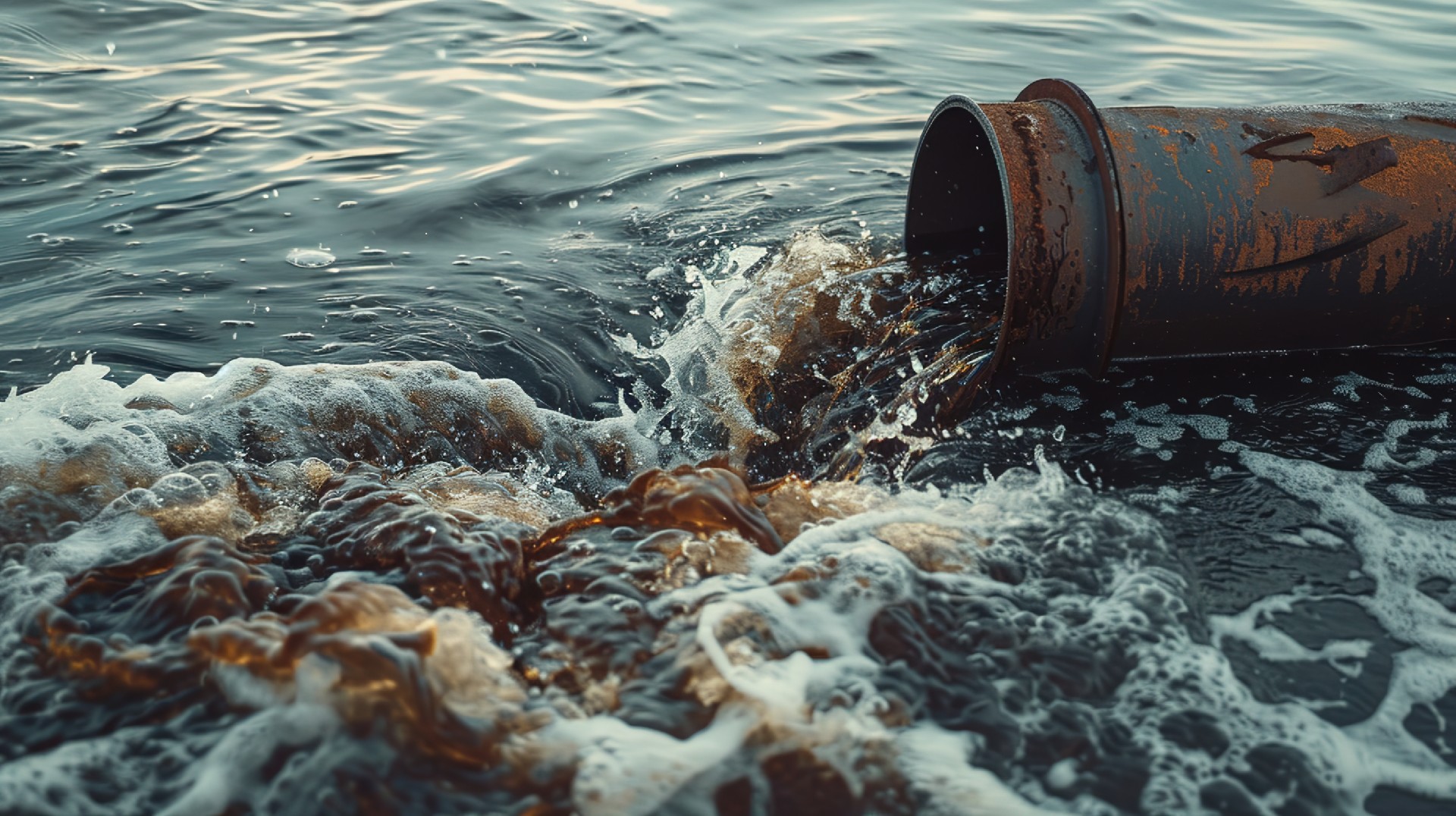
How to Choose a Good Turbidity Probe?
Accuracy and Range: Ensure the probe's measurement range covers the expected turbidity levels for your application.
Durability: Choose a probe that can withstand the environmental conditions of your monitoring site.
Calibration and Maintenance: Select a probe that is easy to calibrate and maintain to ensure long-term accuracy.
Compatibility: Ensure the probe is compatible with your existing monitoring equipment and software.
Conclusion:
Turbidity sensors are indispensable tools for water quality monitoring, offering real-time data that is crucial for ensuring safe drinking water, protecting aquatic ecosystems, and complying with regulatory standards. By understanding the importance of turbidity and selecting the right turbidity probe, water managers can effectively monitor and maintain water quality, safeguarding public health and environmental integrity.
If you want to buy High Quality Turbidity Sensor, feel free to contact Yosemitech. For expert advice and solutions, contact Yosemitech's water quality specialists to ensure accurate and reliable monitoring of your water resources.
Tag: Turbidity Sensor, Turbidity Probe, Water Quality Monitoring, Turbidity in Drinking Water, Turbidity Measurement, Aquaculture Water Quality, Turbidity Sensor Application, Water Quality Sensor Manufacturer, Turbidity Sensor&Probe for sales
CATEGORIES
CONTACT US
Yosemitech Technologies Co., Ltd
 +86 19984844080
+86 19984844080
 sales@yosemitech.com
sales@yosemitech.com
 Bldg,25,CECEP Industrial Park, No. 18 Dongchang Rd. Suzhou Industrial Park, Jiangsu Province,China 215126, China
Bldg,25,CECEP Industrial Park, No. 18 Dongchang Rd. Suzhou Industrial Park, Jiangsu Province,China 215126, China
